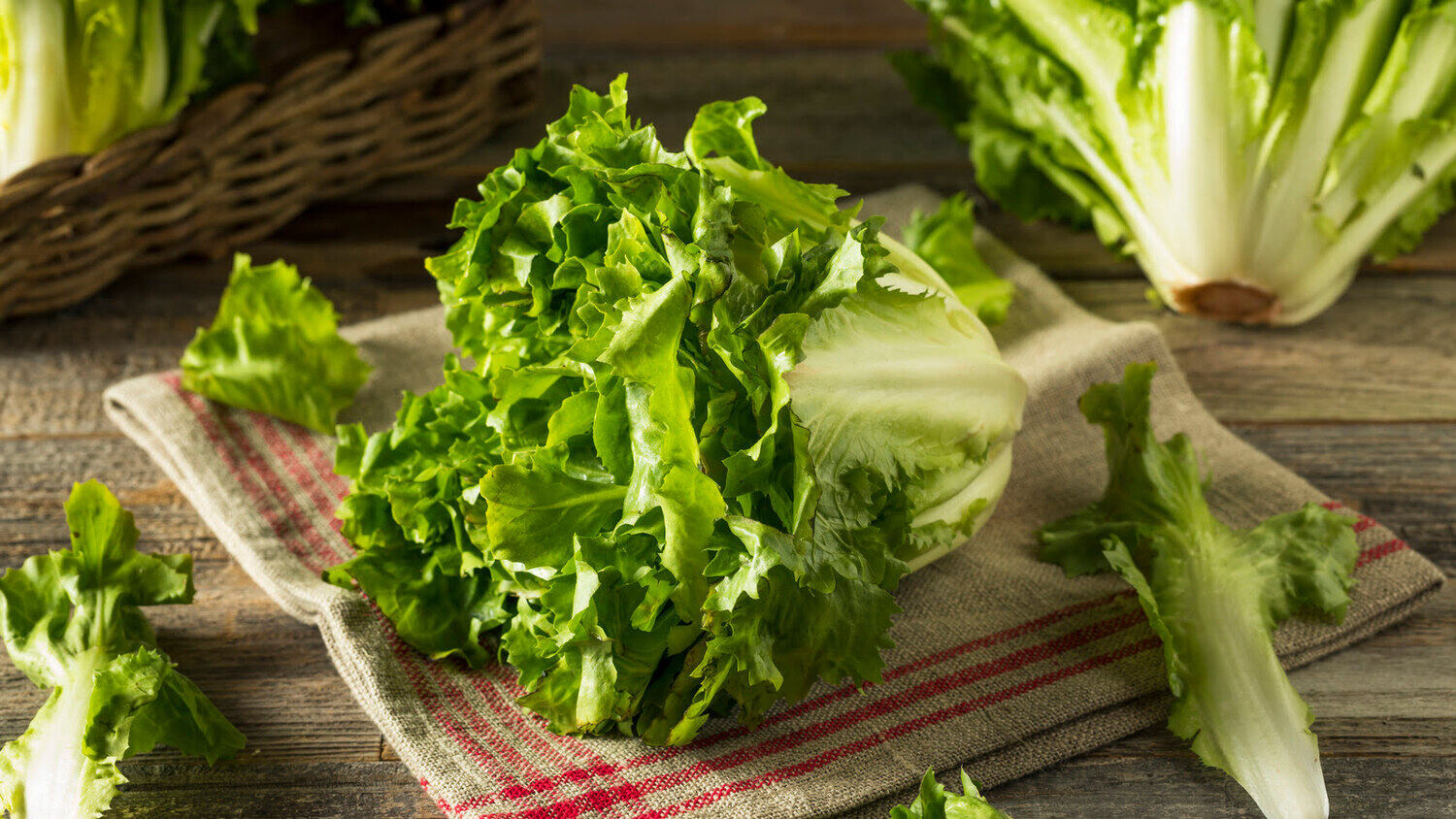

Articles
How To Store Escarole
Modified: May 6, 2024
Learn the best methods for storing escarole in this informative article. Keep your escarole fresh and crisp with these helpful tips.
(Many of the links in this article redirect to a specific reviewed product. Your purchase of these products through affiliate links helps to generate commission for Storables.com, at no extra cost. Learn more)
Introduction
Welcome to our guide on how to store escarole! Escarole is a delicious and nutritious leafy green that is often used in salads, soups, and stir-fries. It has a slightly bitter taste and a crisp texture, making it a versatile ingredient in various dishes. To fully enjoy the flavor and benefits of escarole, it is important to store it properly.
In this article, we will provide you with step-by-step instructions on how to choose and store fresh escarole, whether you want to keep it in the refrigerator or freeze it for later use. By following these tips, you can extend the shelf life of your escarole and minimize waste.
So, if you’re ready to learn how to keep your escarole fresh and flavorful, read on!
Key Takeaways:
- Keep escarole fresh by storing it in the refrigerator with damp paper towels and a plastic bag in the vegetable crisper. Enjoy its versatility in salads, soups, and stir-fries for up to a week.
- Extend the shelf life of escarole by blanching and freezing it in portion sizes. Thaw it slowly in the refrigerator or quickly in cold water before using it in various dishes like soups, stews, and pasta.
Read more: How To Store Store-Bought Bread
Understanding Escarole
Escarole, scientifically known as Cichorium endivia var. latifolium, is a type of leafy green vegetable that belongs to the chicory family. It is characterized by its broad, elongated leaves and slightly bitter taste. Escarole is often used as a substitute for lettuce in salads or as a key ingredient in cooked dishes.
This versatile vegetable is rich in vitamins and minerals, including vitamins A, C, and K, as well as folate, potassium, and calcium. It also contains dietary fiber, which aids in digestion and promotes a healthy gut. Furthermore, escarole is known for its low-calorie content, making it an excellent choice for those looking to maintain or achieve a healthy weight.
When selecting escarole, look for leaves that are vibrant green in color and free from wilting or discoloration. The leaves should be crisp and firm, with no signs of sliminess or yellowing. Additionally, choose escarole heads that are relatively compact and tightly packed.
Escarole can be enjoyed raw or cooked, depending on your preference. Its slightly bitter flavor adds depth and complexity to salads, while also providing a refreshing crunch. When cooked, escarole becomes tender and its bitterness is mellowed, making it a great addition to soups, stews, and stir-fries.
Now that you have a better understanding of escarole and its nutritional benefits, let’s move on to the next section, where we will discuss how to choose fresh escarole for storage.
Choosing Fresh Escarole
When it comes to storing escarole, selecting fresh and high-quality greens is essential. Here are some tips to help you choose the perfect escarole for storage:
- Look for vibrant green leaves: Opt for escarole with leaves that are vibrant green in color. Avoid any with yellowing, wilting, or brown spots, as these are signs of deterioration.
- Check for firmness: Gently squeeze the escarole leaves to ensure they are firm and crisp. Avoid any heads that feel mushy or soft to the touch, as they indicate spoilage.
- Inspect the stem: Examine the stem of the escarole. It should be fresh, sturdy, and free from any signs of rotting or browning.
- Choose compact heads: Look for escarole heads that are relatively compact and tightly packed. Loose or spread-out leaves are more prone to wilting and spoilage.
- Avoid excessive browning: While a slight amount of browning on the outer leaves is normal, excessive browning can indicate age or poor quality. Opt for escarole heads with minimal browning to ensure freshness.
Remember, the quality of the escarole you choose will directly impact its storage life. By selecting fresh and healthy escarole, you can enjoy its flavor and nutritional benefits for a longer period of time.
Now that you know how to choose the best escarole, let’s move on to the next section, where we will explore how to prepare escarole for storage.
Preparing Escarole for Storage
Before storing escarole, it is important to properly prepare it to ensure optimal freshness and longevity. Follow these steps to prepare escarole for storage:
- Wash the escarole: Start by rinsing the escarole thoroughly under cold running water. Gently remove any dirt, debris, or sand that may be trapped within the leaves. Consider filling a large bowl or basin with water and soaking the escarole for a few minutes to ensure thorough cleaning.
- Dry the escarole: After washing, gently shake off excess water from the escarole leaves or use a salad spinner to remove excess moisture. Ensure the escarole is completely dry before proceeding to the next step, as excess moisture can lead to premature decay.
- Separate the leaves: Carefully separate the escarole leaves from the core or stem. You can do this by gently pulling the leaves away from the base or by using a sharp knife to cut away the stem. Discard any damaged or wilted leaves.
- Trim the ends: Trim off any tough or discolored ends of the escarole leaves. This helps to remove any potential points of decay or rot and improves the overall appearance of the greens.
- Consider blanching (optional): Blanching is a process of briefly boiling or steaming vegetables before cooling them rapidly in ice water. Blanching can help preserve the color, texture, and nutrients of escarole. If desired, you can blanch escarole by immersing it in boiling water for a minute or two and then immediately transferring it to an ice bath to stop the cooking process.
By following these preparation steps, you can ensure that your escarole is clean, dry, and ready for storage. Properly preparing escarole sets the stage for successful storage, allowing you to enjoy fresh and flavorful greens for an extended period of time.
Next, we will dive into the details of storing escarole in the refrigerator.
Storing Escarole in the Refrigerator
The refrigerator is the ideal place to store escarole if you plan to use it within a few days. Here’s how you can store escarole in the refrigerator:
- Wrap in damp paper towels: Take a few sheets of damp paper towels and wrap them around the bunch of escarole leaves. Make sure the paper towels are not dripping wet but evenly moist. This helps to maintain the moisture level of the leaves and prevent wilting.
- Place in a plastic bag: Once you’ve wrapped the escarole in damp paper towels, transfer it to a plastic bag. Seal the bag tightly, removing as much air as possible. This helps to create a humid environment that keeps the escarole fresh.
- Store in the vegetable crisper: The vegetable crisper drawer in your refrigerator offers the ideal environment for storing escarole. It provides a cool and slightly humid atmosphere, which helps to extend the shelf life of the greens. Place the bagged escarole in the vegetable crisper and avoid overcrowding, allowing for proper air circulation.
- Check and discard any wilted leaves: Periodically check the escarole for any signs of wilting or decay. If you notice any wilted or damaged leaves, remove them immediately to prevent the spread of spoilage.
When stored in the refrigerator using this method, escarole can typically stay fresh for up to one week. However, it’s best to use it as soon as possible for optimal flavor and quality.
Now that you know how to properly store escarole in the refrigerator, let’s move on to the next section, where we will explore how to store escarole in the freezer for longer-term storage.
Store escarole in the crisper drawer of the refrigerator, wrapped in a damp paper towel and placed in a plastic bag. This will help keep it fresh for up to a week.
Read more: How To Store Basil From Grocery Store
Storing Escarole in the Freezer
If you have an abundance of escarole and want to extend its shelf life even further, freezing is a great option. Freezing escarole allows you to store it for several months, ensuring you have a supply of fresh greens whenever needed. Here’s how you can freeze escarole:
- Blanch the escarole: Before freezing, it is recommended to blanch the escarole. Blanching helps to preserve the texture, color, and nutrients of the greens. Fill a large pot with water and bring it to a boil. Submerge the escarole leaves in the boiling water for about 1 to 2 minutes.
- Cool in ice water: Once the blanching is complete, quickly transfer the escarole leaves to a bowl filled with ice-cold water. This step helps to stop the cooking process and cool down the escarole rapidly.
- Drain excess moisture: After cooling, remove the escarole leaves from the ice water and drain off any excess moisture. It’s important to ensure that the leaves are as dry as possible before proceeding to the next step.
- Package for freezing: Divide the escarole into portion sizes that you would typically use. Place the portions into airtight freezer bags or containers. Squeeze out any excess air from the bags before sealing them tightly. Label the bags or containers with the date for easy identification later on.
- Freeze properly: Lay the freezer bags or containers flat in the freezer to allow them to freeze quickly and efficiently. Freezing the escarole in a flat position also makes it easier to stack and store in the freezer without taking up much space.
When stored properly in the freezer, escarole can retain its quality for up to 6 months. However, it’s best to consume the frozen escarole within the first couple of months for the best flavor and texture.
Next, we will discuss how to properly thaw frozen escarole before using it in your favorite recipes.
Properly Thawing Frozen Escarole
Thawing frozen escarole correctly is essential to maintain its texture and flavor. Here are two recommended methods for thawing frozen escarole:
- Thaw in the refrigerator: The safest and most effective way to thaw frozen escarole is by transferring it from the freezer to the refrigerator. Place the frozen escarole in a bowl or on a plate to catch any liquid that may accumulate as it thaws. Let it thaw slowly in the refrigerator for several hours or overnight. Once completely thawed, use the escarole within a day or two.
- Thaw quickly in cold water: If you need to thaw the escarole more quickly, you can use the cold water thawing method. Place the frozen escarole in a leak-proof plastic bag and submerge it in a bowl of cold water. Change the water every 30 minutes to ensure it remains cold. The escarole should thaw within 1 to 2 hours, depending on the quantity. Once thawed, use it immediately.
It’s important to note that once escarole is thawed, it may release some liquid or become slightly softer. However, this should not significantly affect its taste or usability in dishes where it will be cooked.
Once the escarole is fully thawed, pat it dry with a paper towel to remove any excess moisture before using it in your favorite recipes. Thawed escarole is best used as an ingredient in cooked dishes such as soups, stews, stir-fries, or sautés.
Now that you know how to properly thaw frozen escarole, let’s move on to the next section, where we will explore the different ways you can utilize stored escarole in your cooking.
Using Stored Escarole
Stored escarole can be a versatile ingredient that adds a fresh and nutritious touch to various dishes. Here are some ideas on how you can utilize stored escarole:
- Salads: Use fresh escarole leaves as a base for salads. Its slightly bitter flavor pairs well with tangy dressings and other complementary ingredients like citrus fruits, cheese, nuts, and dried fruits.
- Soups and stews: Add escarole to soups and stews near the end of the cooking process. It adds a delicious depth of flavor and provides a vibrant green color to the dish. Escarole works particularly well in hearty soups like minestrone or Italian wedding soup.
- Stir-fries: Toss escarole into stir-fries towards the end of the cooking time. Its crisp texture and slightly bitter taste can balance out the flavors in your stir-fry. It pairs well with other vegetables, meats, and sauces.
- Sautéed or braised: Sauté or braise escarole with garlic, olive oil, and seasonings for a simple yet tasty side dish. Cook it until wilted and tender, and serve alongside roasted meats or as a topping for crostini.
- Pasta dishes: Stir chopped escarole into pasta dishes like carbonara or marinara for added flavor and nutrients. It cooks quickly and adds a pleasant crunch to the dish.
Experiment with different recipes and cooking methods to find your favorite ways to incorporate escarole into your meals. Don’t be afraid to get creative and try new combinations to make the most of your stored escarole.
Remember to always taste and adjust the seasoning of your dishes when using stored escarole, as its bitterness can affect the overall balance of flavors. Enjoy the fresh and vibrant taste of escarole in your culinary creations!
Now that you have plenty of ideas on how to use stored escarole, let’s wrap up this guide with a summary.
Conclusion
Properly storing escarole is key to maintaining its freshness, flavor, and nutritional value. Whether you choose to store it in the refrigerator or freeze it for longer-term storage, following the right steps ensures that you can enjoy escarole in your dishes whenever you desire.
Remember to choose fresh escarole with vibrant green leaves and firm texture. Properly prepare it by washing, drying, and trimming any unwanted parts. When storing escarole in the refrigerator, wrap it in damp paper towels, place it in a plastic bag, and store it in the vegetable crisper drawer. For long-term storage, blanch the escarole before freezing it in airtight containers or bags.
When it’s time to use your stored escarole, thaw it in the refrigerator or cold water, remove excess moisture, and incorporate it into salads, soups, stir-fries, pasta dishes, or sautés. The versatility of escarole allows you to add a fresh and nutritious element to a variety of meals.
By following these storage tips and creative cooking ideas, you can prolong the shelf life of escarole and reduce waste, all while enjoying its delicious taste and health benefits. So go ahead and make the most of this wonderful leafy green!
We hope this guide has been helpful and inspires you to embrace the versatility of escarole in your culinary adventures. Happy cooking and happy eating!
Now that you've got the scoop on keeping escarole at its best, why stop there? Dive into our guide on vegetable storage to ensure all your greens—and not just escarole—stay fresh as long as possible. From tips on humidity to light exposure, get ready to transform your fridge into a haven for vegetables. Don't miss out on mastering the art of extending the life of your produce.
Frequently Asked Questions about How To Store Escarole
Was this page helpful?
At Storables.com, we guarantee accurate and reliable information. Our content, validated by Expert Board Contributors, is crafted following stringent Editorial Policies. We're committed to providing you with well-researched, expert-backed insights for all your informational needs.


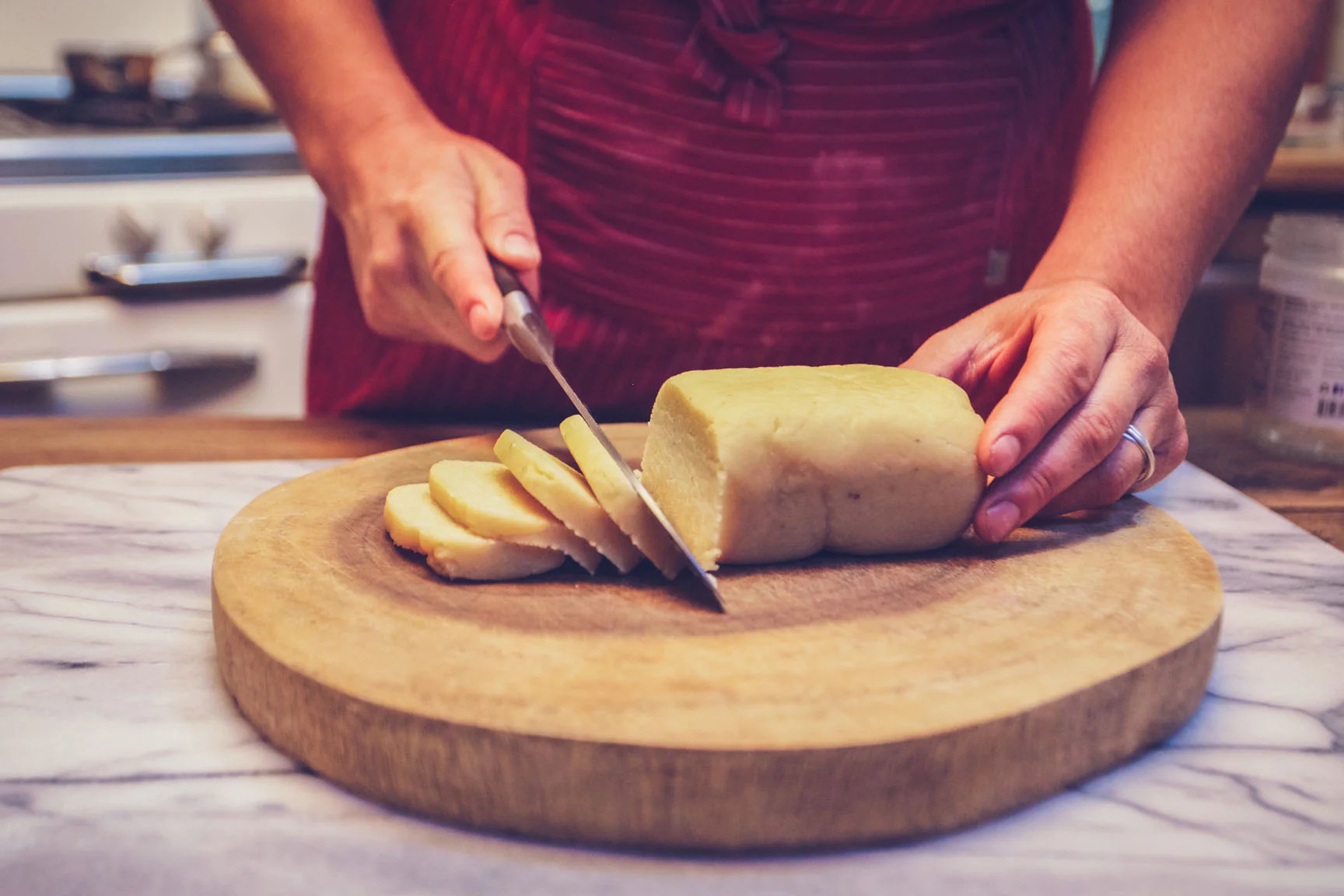



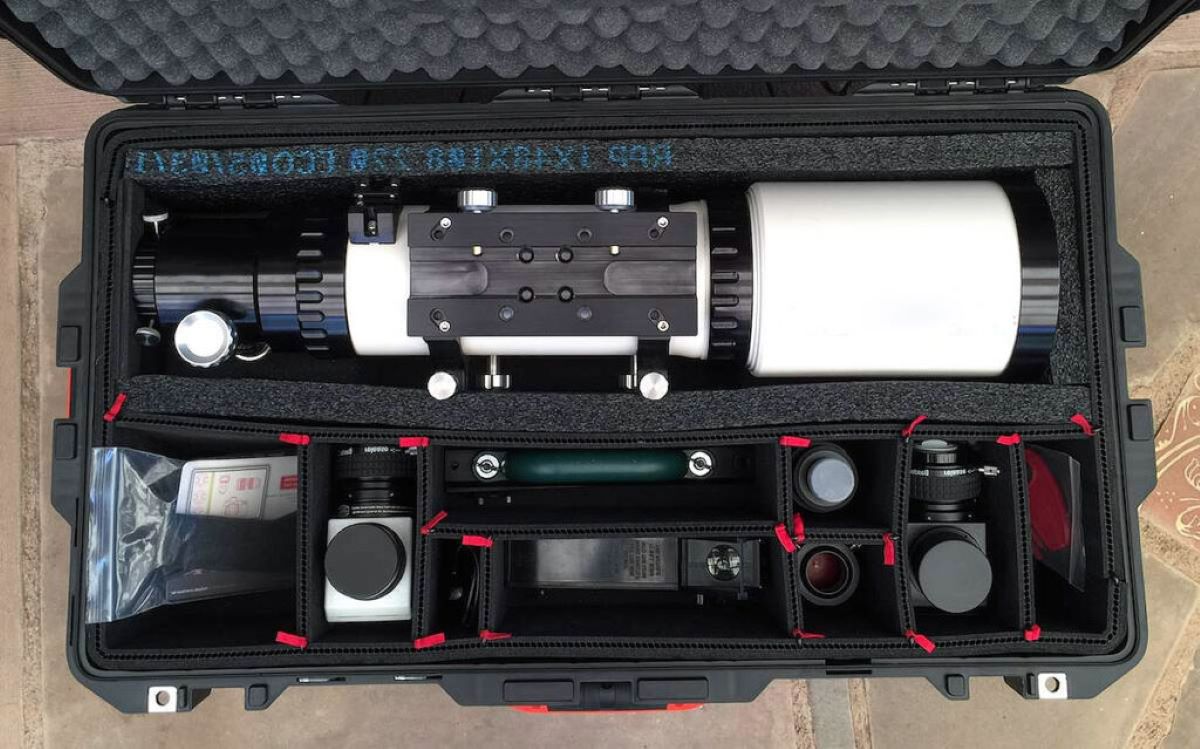
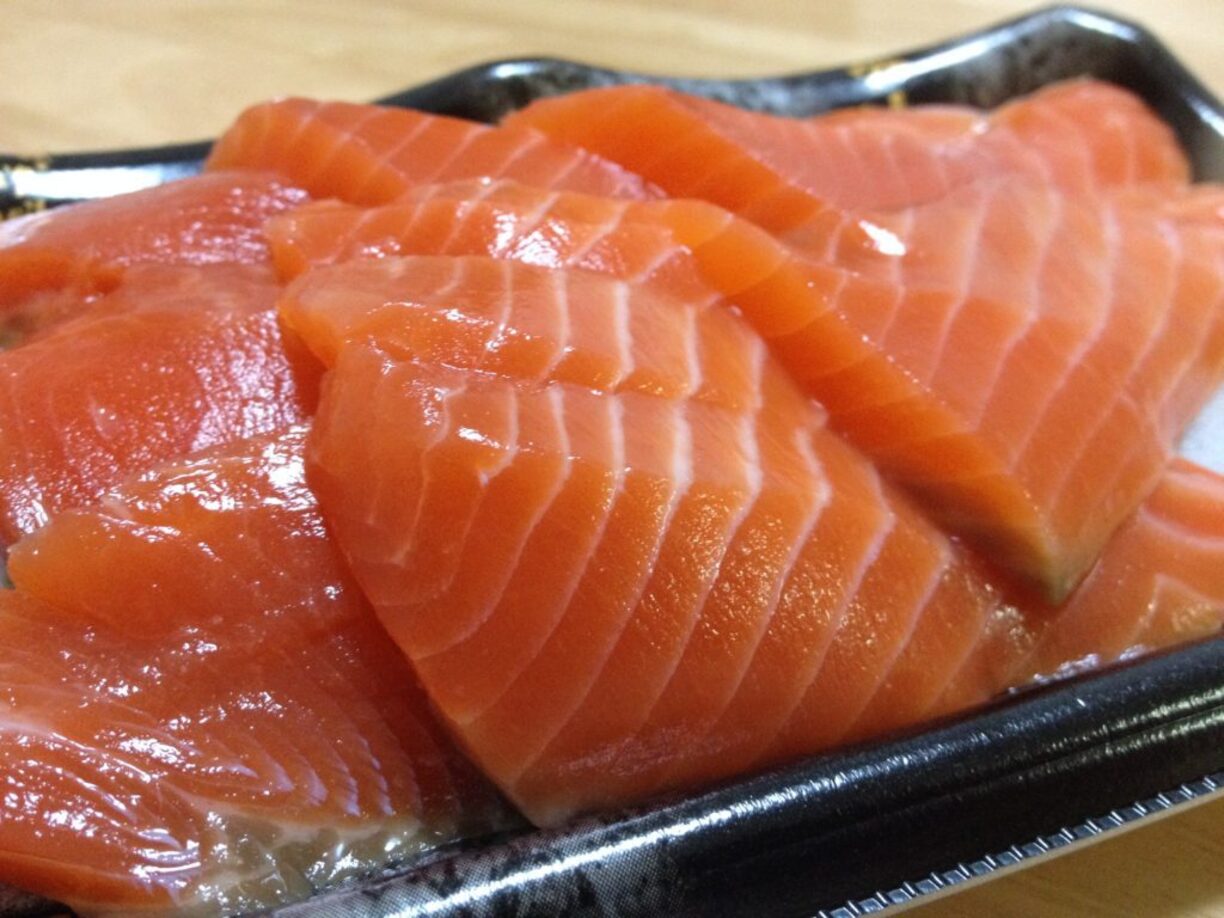


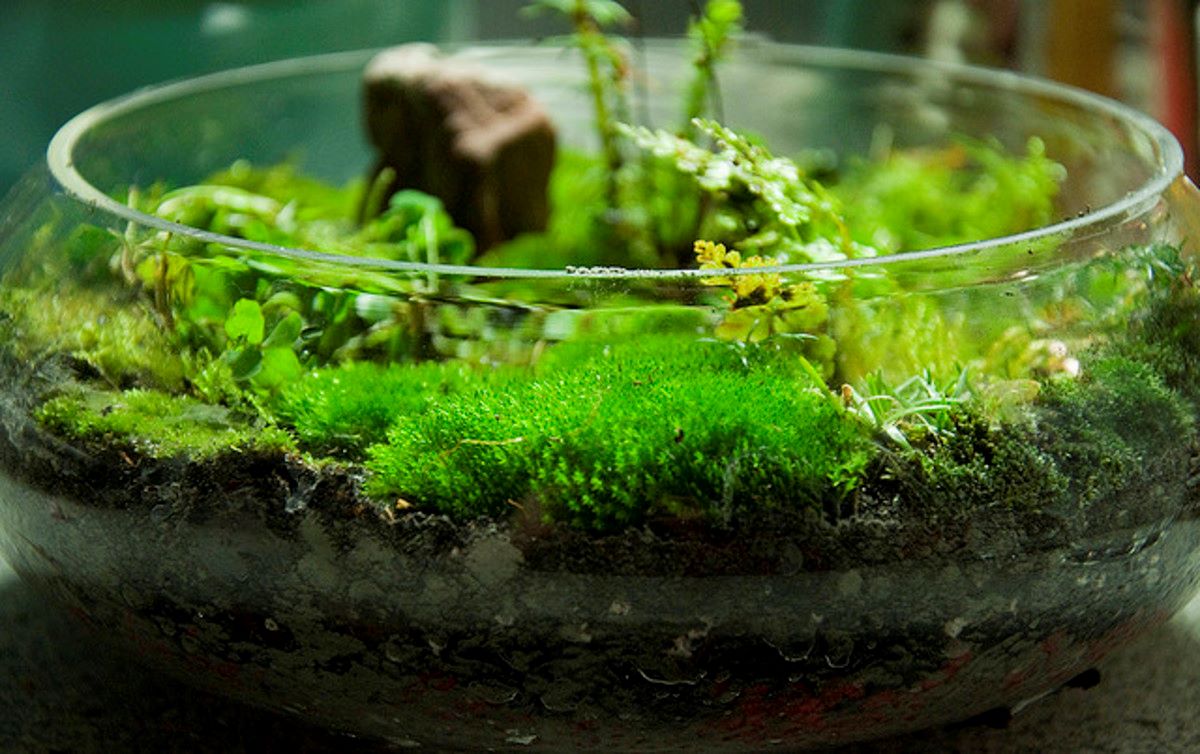




0 thoughts on “How To Store Escarole”